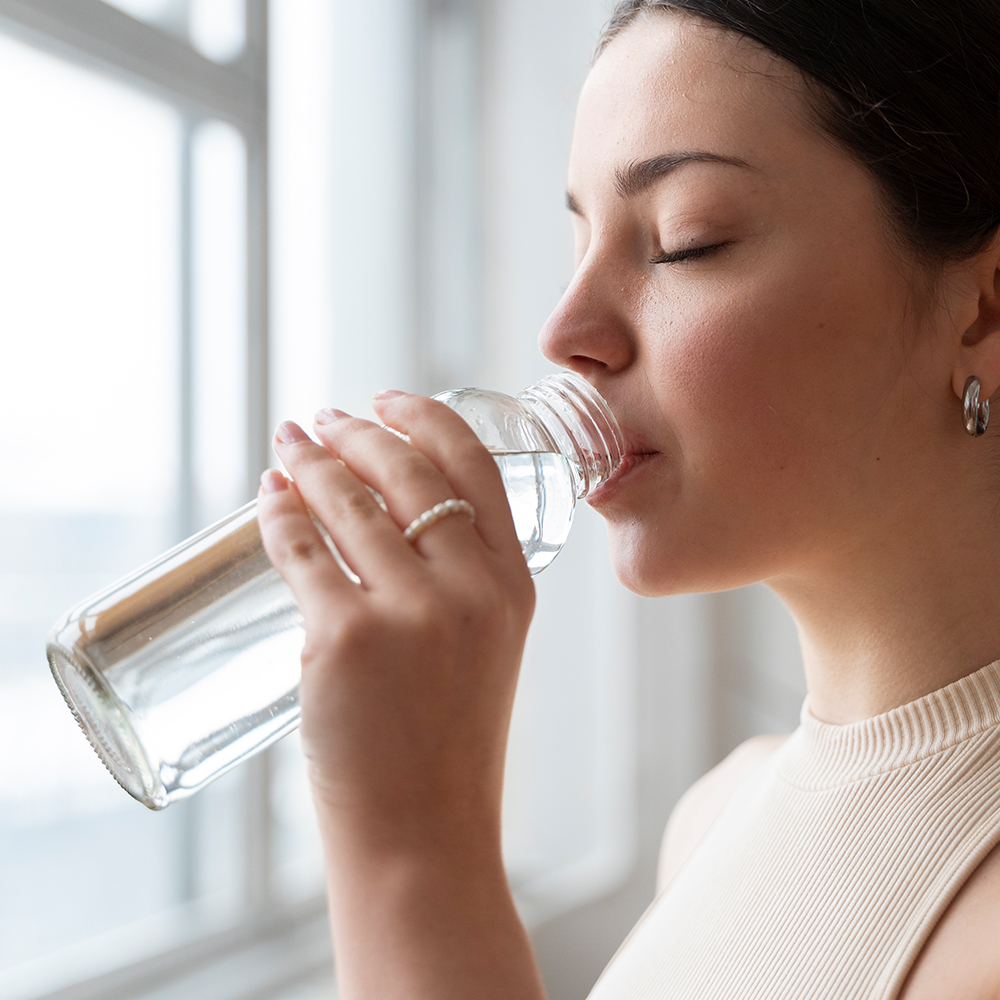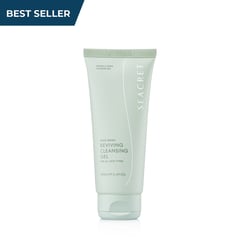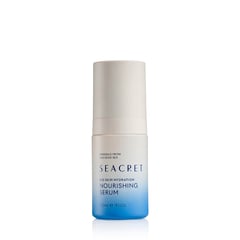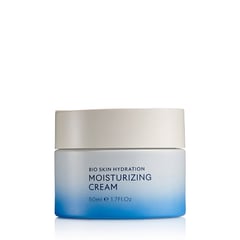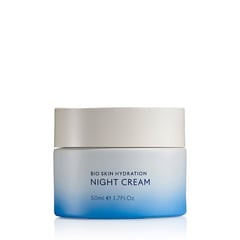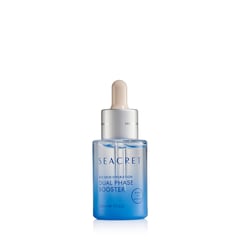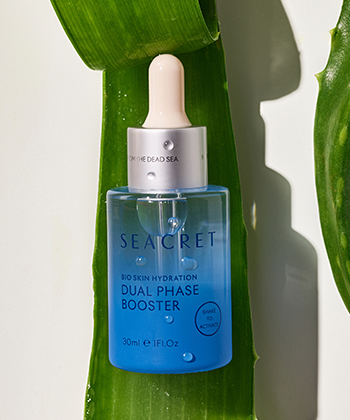
Your 30s are an exciting time. You may feel more confident in your career, relationships, and lifestyle. However, this is also when you begin to notice early signs of aging.
Fine lines around your eyes, a duller complexion, or uneven skin tone may appear. These changes are normal, but you can take steps to slow them down. With the right habits, you can protect your skin and maintain its healthy appearance.
We will cover the best skin care routine for 30s, lifestyle choices that support skin health, and professional treatments worth considering.
Why Skincare in Your 30s Matters
Dermatologists agree that your 30s are when collagen production starts to decline. Collagen levels drop about 1 percent every year after your late 20s. This affects skin firmness and elasticity. Add sun exposure, pollution, and stress, and early wrinkles and pigmentation can appear faster.
By following an affordable skin care routine in your 30s, you can protect your skin barrier, boost hydration, and reduce visible signs of aging.
What Should Your Daily Skincare Routine Be for Your 30s?
Skincare in your 30s helps your skin stay balanced and youthful. Here are the steps you should follow every day:
1. Sun Protection is Key
-
Apply a broad-spectrum sunscreen with an SPF of 30 or higher every morning.
-
Use it even on cloudy days or when indoors near windows.
-
Reapply every 2 hours if you are outdoors.
The American Academy of Dermatology states that up to 80% of visible aging is attributed to UV exposure. Sunscreen is your most effective anti-aging product.
2. Use an Anti-Aging Serum
-
Look for vitamin C to brighten your skin and even out your tone.
-
Choose hyaluronic acid to hydrate and plump fine lines.
-
Consider retinol at night to boost collagen and reduce wrinkles.
Harvard Health found that topical retinoids improve fine wrinkles, pigmentation, and skin texture with regular use.
You can also add targeted serums from Seacret to your routine:
-
Bio Skin Hydration Dual Phase Booster:
The dual-phase booster formula activates upon shaking and instantly melts into the skin. Rich Dead Sea minerals, combined with jojoba, argan, and almond oils, provide deep nourishment and leave a silky feel.
-
Rich Nourishing Serum
A lightweight serum that absorbs quickly while revitalizing the skin. Niacinamide helps improve skin tone, while blueberry and pomegranate oils deliver antioxidant protection and hydration.
3. Moisturize Daily
-
Use a lightweight moisturizer in the morning.
-
Apply a richer cream at night if your skin feels dry.
-
Ingredients like ceramides and peptides help repair your skin barrier.
For balanced hydration, try Seacret Day & Night Moisturizing Set, designed to combat dryness and revive dull skin for all skin types.
4. Cleanse Gently
-
Wash your face twice a day to remove oil, sweat, and pollutants.
-
Avoid rough scrubs that can damage the skin barrier.
-
Choose a sulfate-free cleanser that leaves skin soft, not tight.
A great option is our Face Wash Reviving Cleansing Gel. A delicate foaming gel that removes impurities and smooths the skin. Naturally scented with lavender, rosemary, and sage, it contains AHA from fruit to gently exfoliate, while aloe vera and allantoin calm and soften the skin.
5. Incorporate Exfoliation
-
Exfoliate one to two times per week.
-
Apply a chemical exfoliant, such as lactic acid or glycolic acid, instead of harsh physical scrubs.
-
This helps remove dead skin cells and supports cell turnover.
To explore product suggestions, visit Seacret’s skincare products for every age, which feature mineral-rich formulas designed to support healthy skin.
What Are Some Lifestyle Habits That Support Skin Health?
Your skincare routine works best when paired with healthy daily habits.
1. Stay Hydrated
-
Drink at least eight glasses of water each day.
-
Proper hydration helps maintain elasticity and a glowing complexion.
2. Eat a Healthy Diet
-
Eat antioxidant-rich food like berries and leafy greens.
-
Add healthy fats from sources like salmon, avocado, and olive oil to support skin repair.
-
Limit processed sugar, as it can accelerate skin aging.
3. Prioritize Sleep
-
Try to get at least 7 to 9 hours of sleep each night.
-
Skin repairs itself while you sleep. Poor rest leads to dullness and dark circles.
4. Manage Stress
-
High stress triggers the release of cortisol, which can break down collagen.
-
Practice stress-reducing habits, such as yoga, journaling, or walking.
5. Avoid Smoking and Limit Alcohol
-
Smoking reduces oxygen flow to the skin, which can lead to the development of wrinkles.
-
Alcohol dehydrates the skin and can worsen redness.
What Are Advanced and Professional Skincare Tips
As you move through your 30s, you may want to:
1. Consider Professional Facials
-
Monthly facials can deep-clean pores and support skin renewal.
-
Treatments with microdermabrasion or LED light can help boost collagen production.
2. See a Dermatologist
-
A dermatologist can recommend prescription-strength retinoids.
-
They can also treat early sun spots, melasma, or persistent acne.
3. Explore Treatments
-
Laser therapy can reduce pigmentation and fine lines.
-
Microneedling stimulates collagen and improves skin texture.
-
Mineral peels brighten skin and smooth uneven tone.
These options are not required, but they can complement your at-home routine if you would like additional support.
Final Thoughts
Your 30s are the perfect time to focus on prevention. You do not need dozens of products, but you do need consistency.
If you are ready to invest in long-term skin health, start building your routine now. Explore Seacret’s skincare products for every age to find formulas designed to keep your skin firm and youthful through every stage of life.
Frequently Asked Questions
1. At what age should I start using eye cream in my skincare routine?
You can start using eye creams in your late 20s, but your 30s are the time to make it a daily habit. The skin around your eyes is thinner and more delicate than the rest of your face, which makes it more prone to fine lines and dark circles.
Look for formulas that contain peptides to support collagen, caffeine to reduce puffiness, and hyaluronic acid for hydration. Apply a small amount morning and night by gently tapping with your ring finger.
2. How often should I get a professional skin check for sun damage in my 30s?
Dermatologists recommend a professional skin exam once a year in your 30s. If you have a history of sunburns, use tanning beds, or notice new moles or spots, schedule a check sooner.
Early detection is crucial, as sun damage increases the risk of skin cancer and accelerates visible signs of aging. In addition to annual exams, perform a monthly self-check at home to monitor any changes in your skin.
3. Can I combine retinol with other active ingredients like vitamin C or acids?
Yes, but you need to layer them correctly to avoid irritation. Use vitamin C in the morning, as it helps protect against free radicals and brightens the skin. Apply retinol at night, as it works best when your skin is in repair mode.
If you use exfoliating acids like glycolic or lactic acid, avoid applying them on the same night as retinol. Alternate between them to maintain a healthy skin barrier. Always follow with moisturizer and sunscreen the next morning.
4. What are the most common skincare mistakes people make in their 30s that speed up aging?
Some habits can undo your hard work, even if you use good products. The biggest mistakes include:
-
Skipping sunscreen on cloudy days or indoors near windows.
-
Over-exfoliating weakens the skin barrier.
-
Sleeping with makeup on clogs pores and causes dullness.
-
Using too many harsh products at once can lead to irritation.
-
Ignoring your neck and chest, which also show signs of aging.

